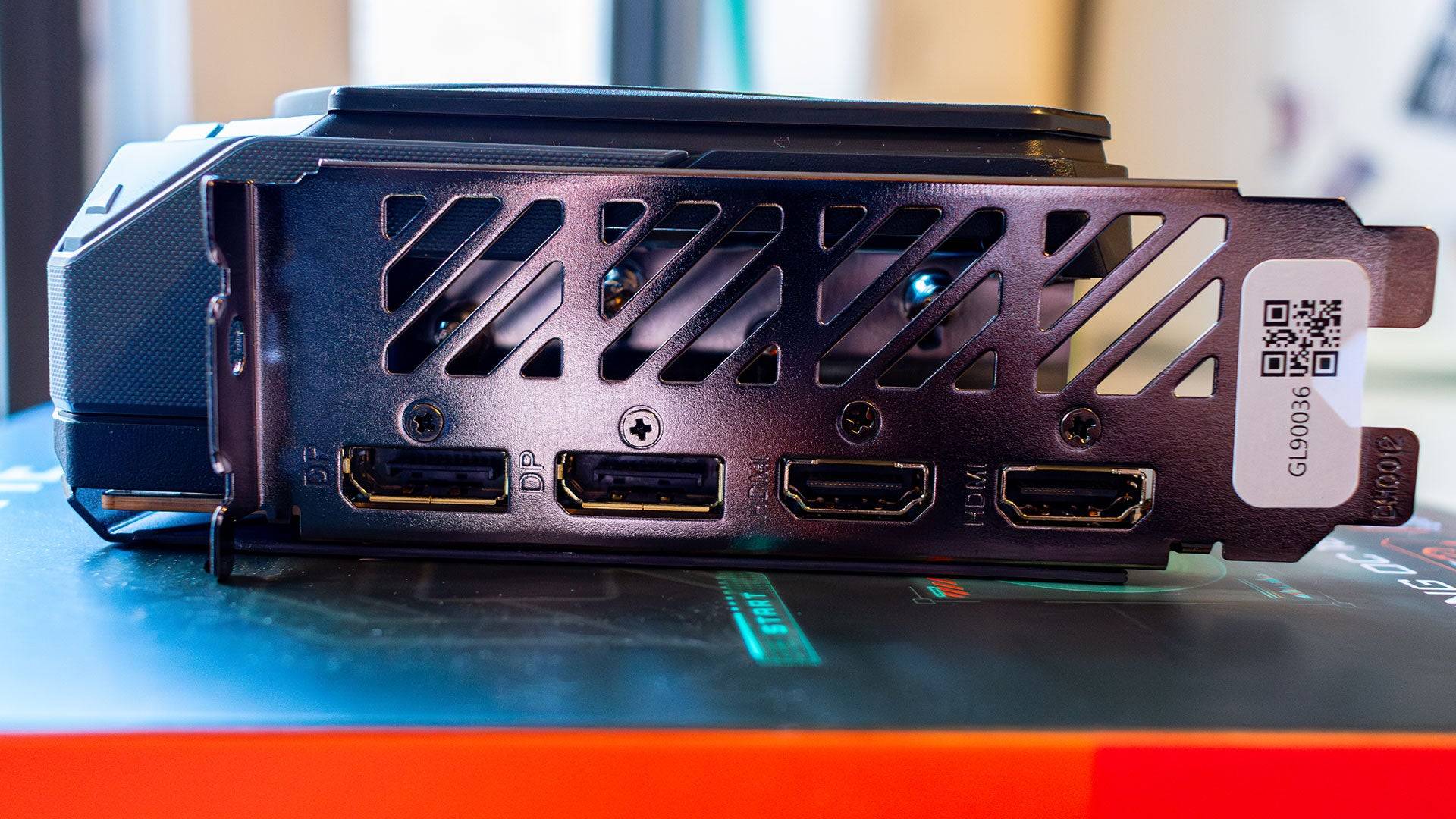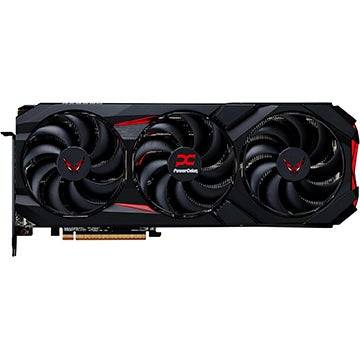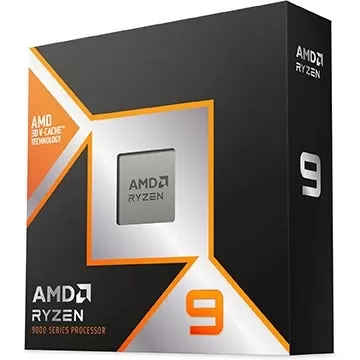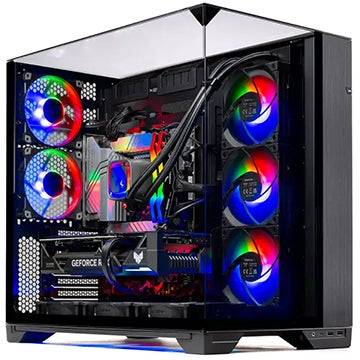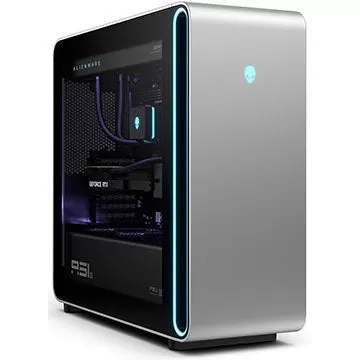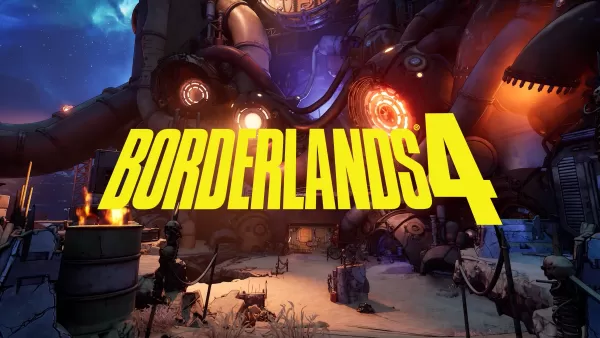AMD Radeon RX 9070 XT: In-Depth Review
For the last couple of generations, AMD has been striving to compete with Nvidia at the high end. However, with the AMD Radeon RX 9070 XT, Team Red has shifted its focus, conceding the ultra-high-end to the RTX 5090 and instead targeting the best graphics card for the majority of gamers—a goal it undoubtedly achieves.
The AMD Radeon RX 9070 XT, priced at $599, goes head-to-head with the $749 GeForce RTX 5070 Ti, establishing itself as one of the premier GPUs available today. AMD enhances its appeal with FSR 4, introducing AI upscaling to an AMD graphics card for the first time. This makes the RX 9070 XT an exceptional choice for 4K gaming, especially for those not willing to spend $1,999 on the RTX 5090.
Purchasing Guide
The AMD Radeon RX 9070 XT will be available starting March 6, with a starting price of $599. Be aware that prices may vary, as third-party cards may be priced higher. Aim to find one under $699 for the best value.
AMD Radeon RX 9070 XT – Photos
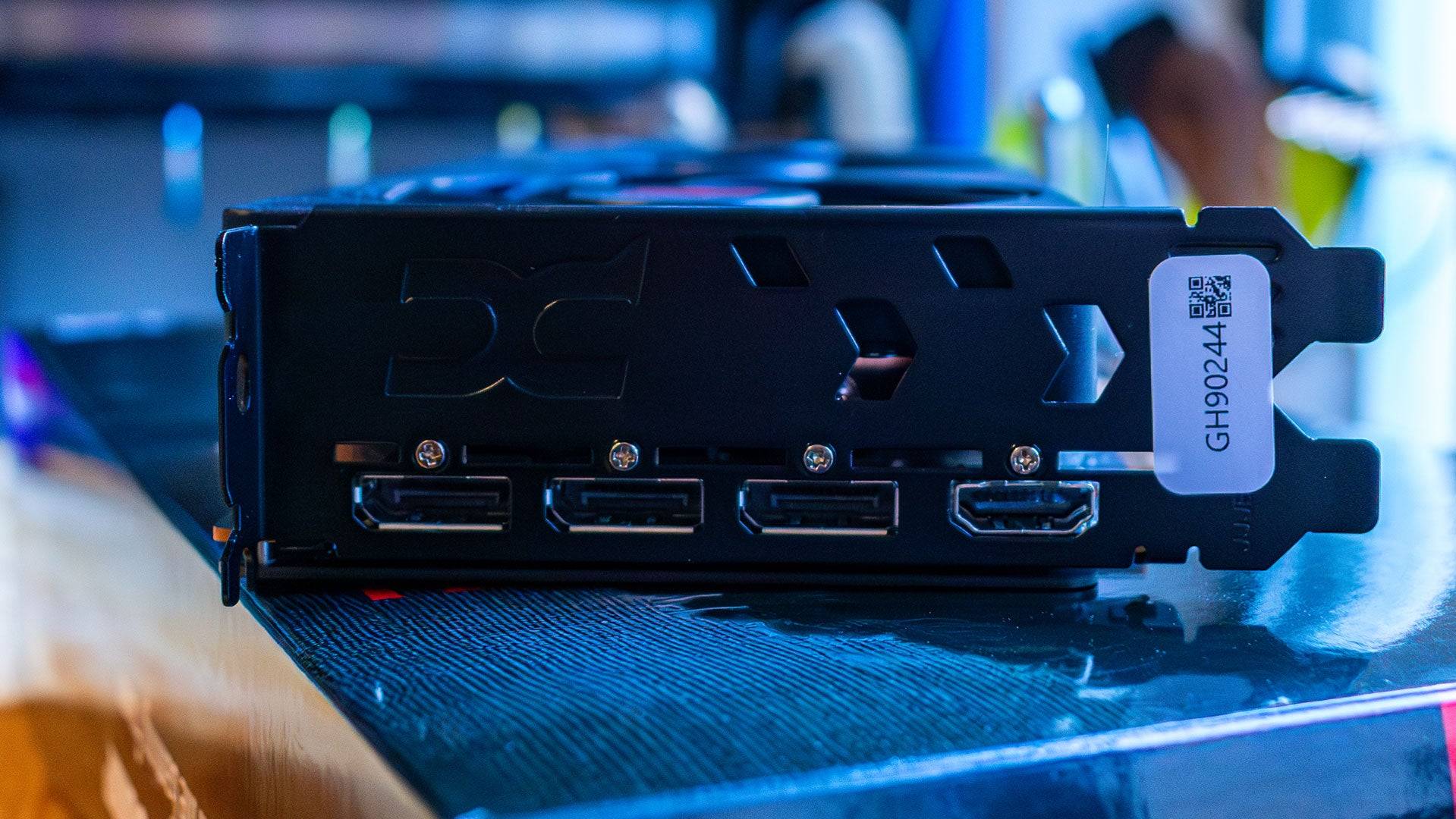
 4 Images
4 Images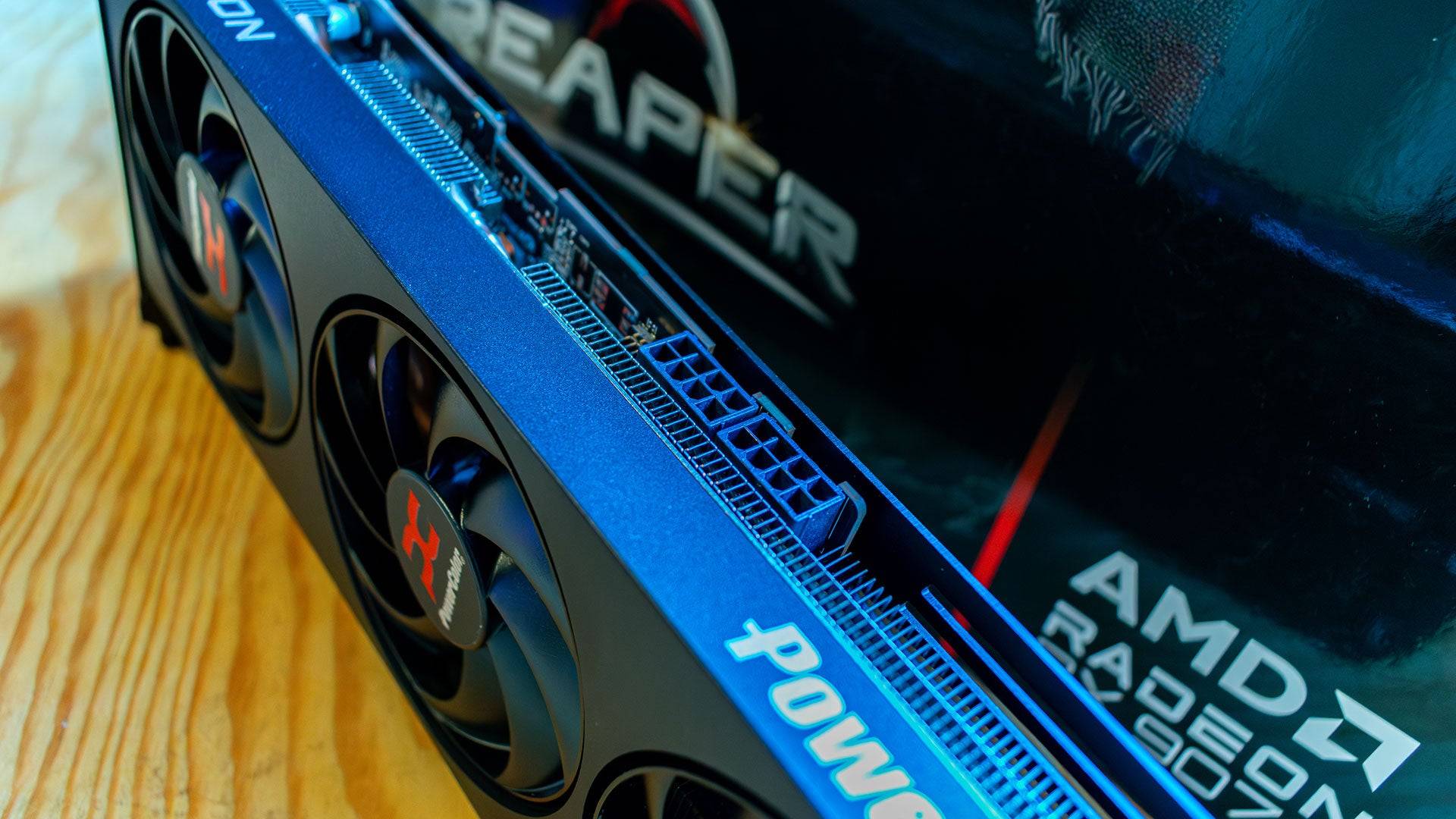
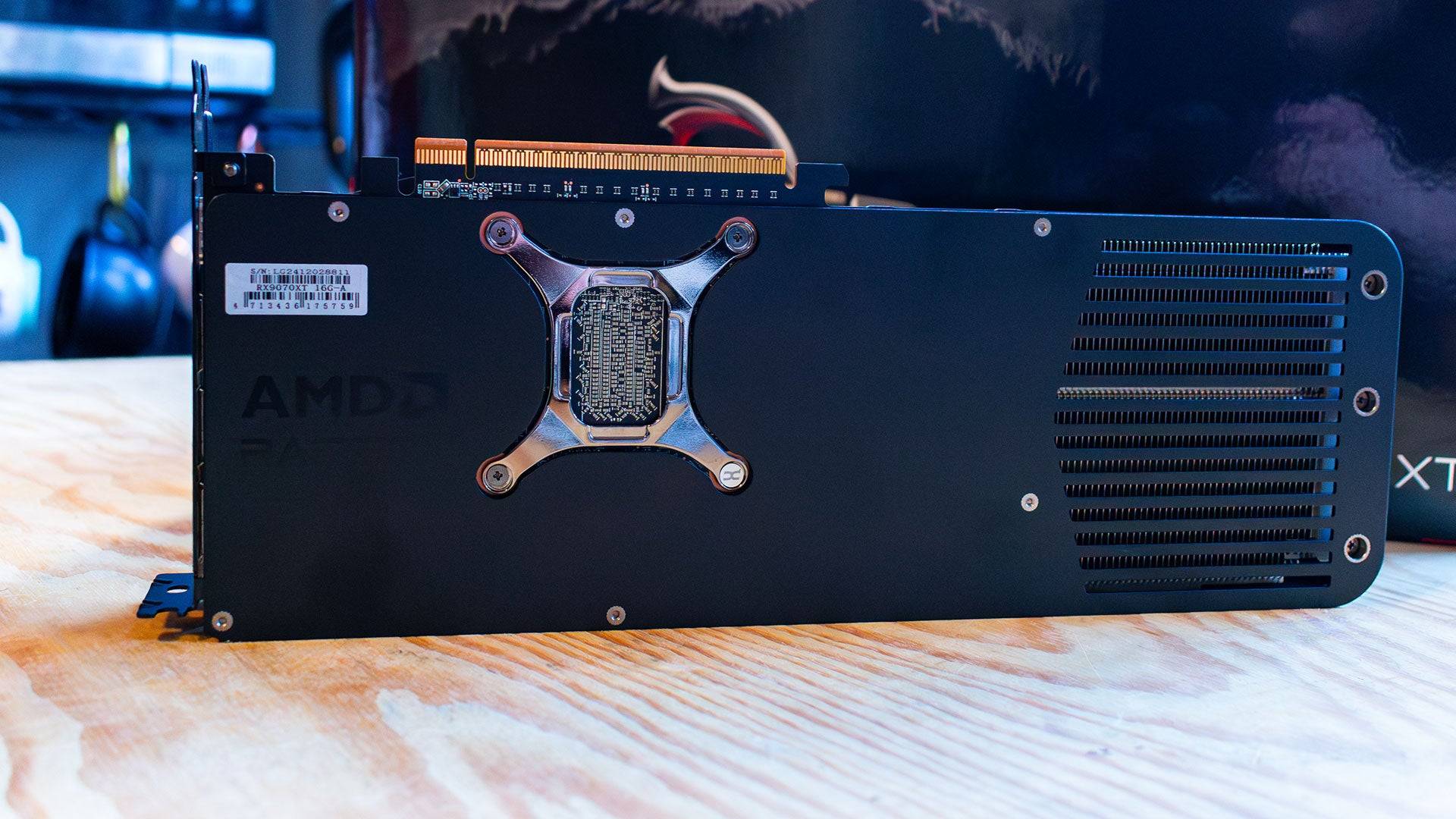
Specs and Features
Built on the RDNA 4 architecture, the AMD Radeon RX 9070 XT brings significant enhancements to its shader cores, but the spotlight shines on the new RT and AI Accelerators. The AI Accelerators are pivotal for FidelityFX Super Resolution 4 (FSR 4), marking the debut of AI upscaling in AMD graphics cards. While FSR 4 doesn't necessarily boost frame rates over FSR 3.1, it significantly enhances image accuracy, resulting in superior image quality. For those prioritizing frame rates, a toggle in the Adrenalin software allows you to disable FSR 4.
Beyond AI upscaling, AMD has made substantial improvements to the shader cores, increasing performance per core. Although the Radeon RX 9070 XT has 64 Compute Units compared to the 84 in the previous-generation Radeon RX 7900 XT, it delivers a notable generational leap at a lower launch price. Each Compute Unit contains 64 Streaming Multiprocessors (SMs), totaling 4,096, along with 64 ray accelerators and 128 AI accelerators.
However, the RX 9070 XT has less memory than its predecessor, featuring 16GB of GDDR6 on a 256-bit bus, as opposed to 20GB on a 320-bit bus. This reduction affects both capacity and bandwidth, though it remains sufficient for most 4K gaming needs. The retention of GDDR6 is a minor disappointment, given the memory downgrade.
Despite the new architecture's efficiency, the RX 9070 XT has a slightly higher power budget than the 7900 XT, requiring 304W compared to 300W. Interestingly, testing showed the 7900 XT consuming more power, peaking at 314W, while the 9070 XT reached 306W.
Cooling this GPU isn't a challenge, given the standard power budget for modern graphics cards. Notably, AMD isn't launching a reference design for the Radeon RX 9070 XT, relying instead on third-party manufacturers. The Powercolor Radeon RX 9070 XT Reaper, with its compact triple-fan design, maintained temperatures at 72°C during testing.
The RX 9070 XT uses standard power connectors, requiring two 8-pin PCI-E connectors without any meltable adapters. This makes it an easy upgrade for most users, provided they have a recommended 700W power supply. The card offers three DisplayPort 2.1a and one HDMI 2.1b port, meeting expectations for a modern GPU. The absence of a USB-C port is a missed opportunity for added flexibility.

FSR 4
For years, AMD has sought an AI upscaling solution to rival DLSS. While previous versions of FidelityFX Super Resolution offered solid performance, they suffered from ghosting and fuzziness. The Radeon RX 9070 XT introduces FSR 4, powered by AI, to address these issues.
FSR 4, similar to DLSS, leverages AI accelerators within the Compute Units to analyze previous frames and game engine data, upscaling lower-resolution images to native resolution. This results in improved image quality compared to FSR 3, though it incurs a performance hit.
In Call of Duty: Black Ops 6 at 4K Extreme settings with FSR 3.1 on "Performance," the Radeon RX 9070 XT achieved 134 fps. Switching to FSR 4 reduced this to 121 fps—a 10% performance drop, but with enhanced image quality, particularly in elements like grass and in-game text. In Monster Hunter Wilds, the 9070 XT managed 94 fps at 4K with FSR 3 and ray tracing enabled, dropping to 78 fps with FSR 4—a 20% performance decrease.
This performance drop is expected, as AI upscaling is more demanding than temporal solutions. AMD acknowledges this, emphasizing the improved image quality as a trade-off. This may vary by user, but it's advantageous for single-player games where visuals are paramount.
FSR 3.1 remains available, and FSR 4 is an opt-in feature. You can easily disable FSR 4 in the Adrenalin software, and it was off by default on my review sample, likely due to early drivers.
AMD Radeon RX 9070 XT & 9070 – Benchmarks
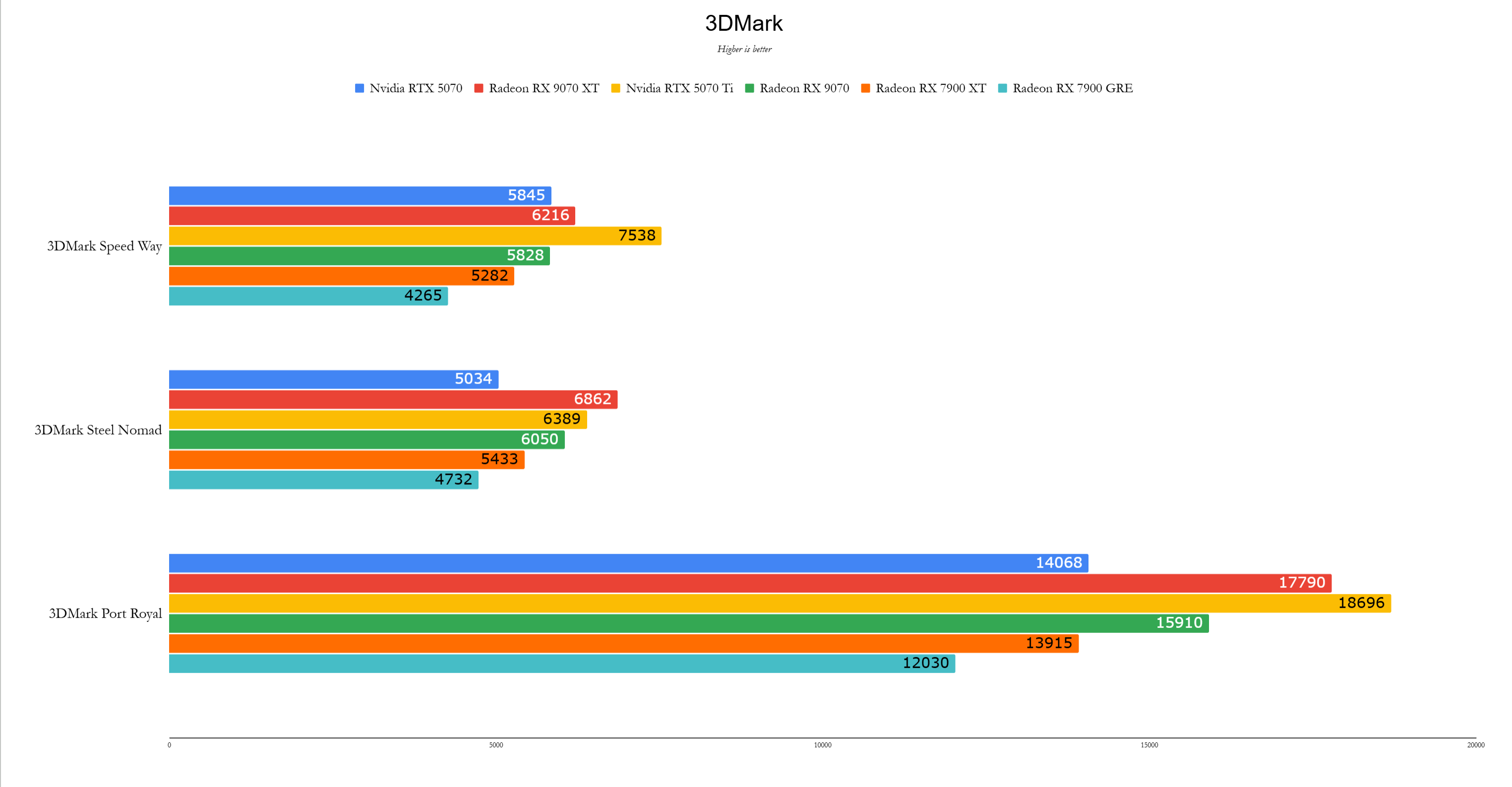
 11 Images
11 Images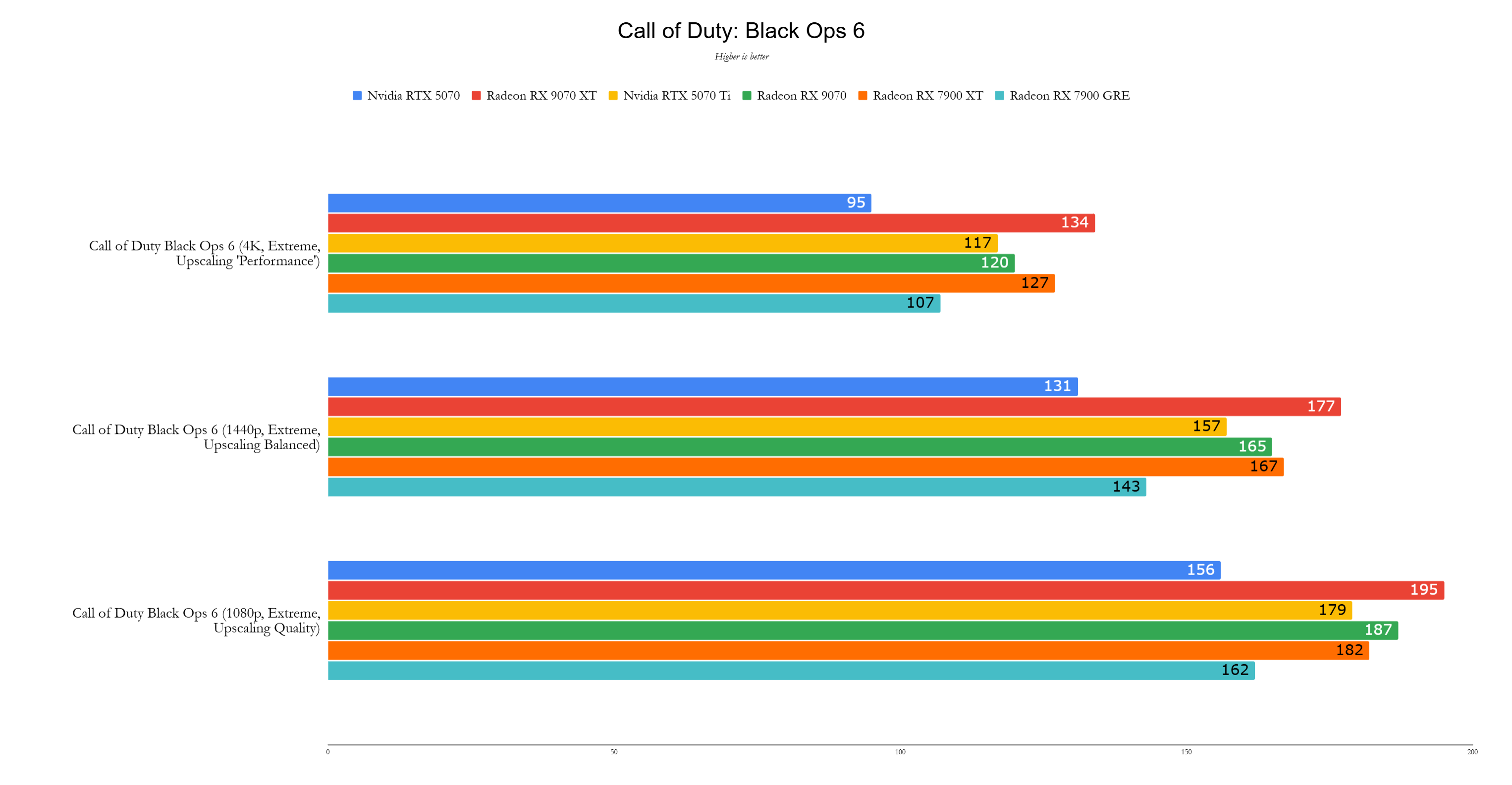
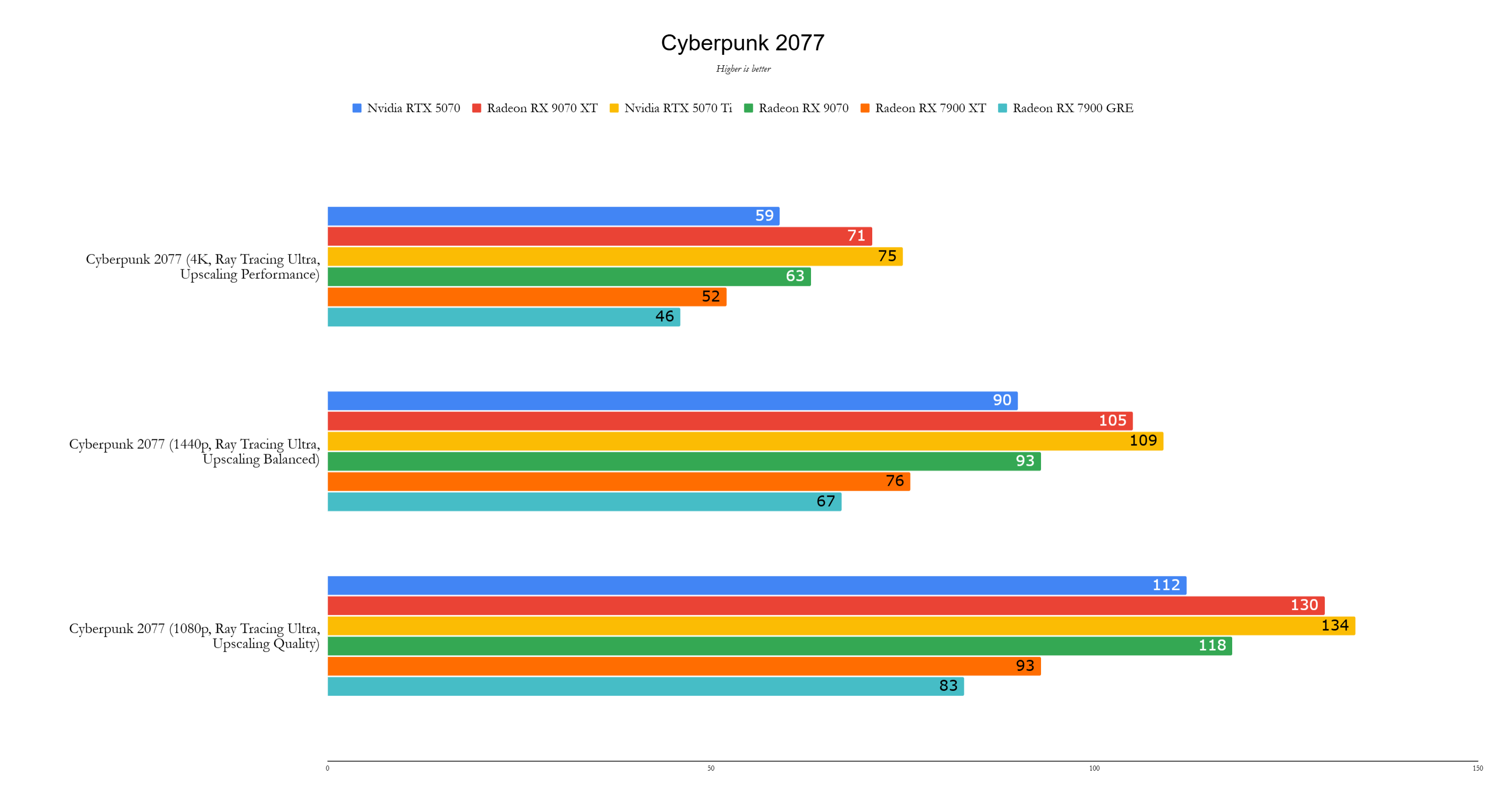
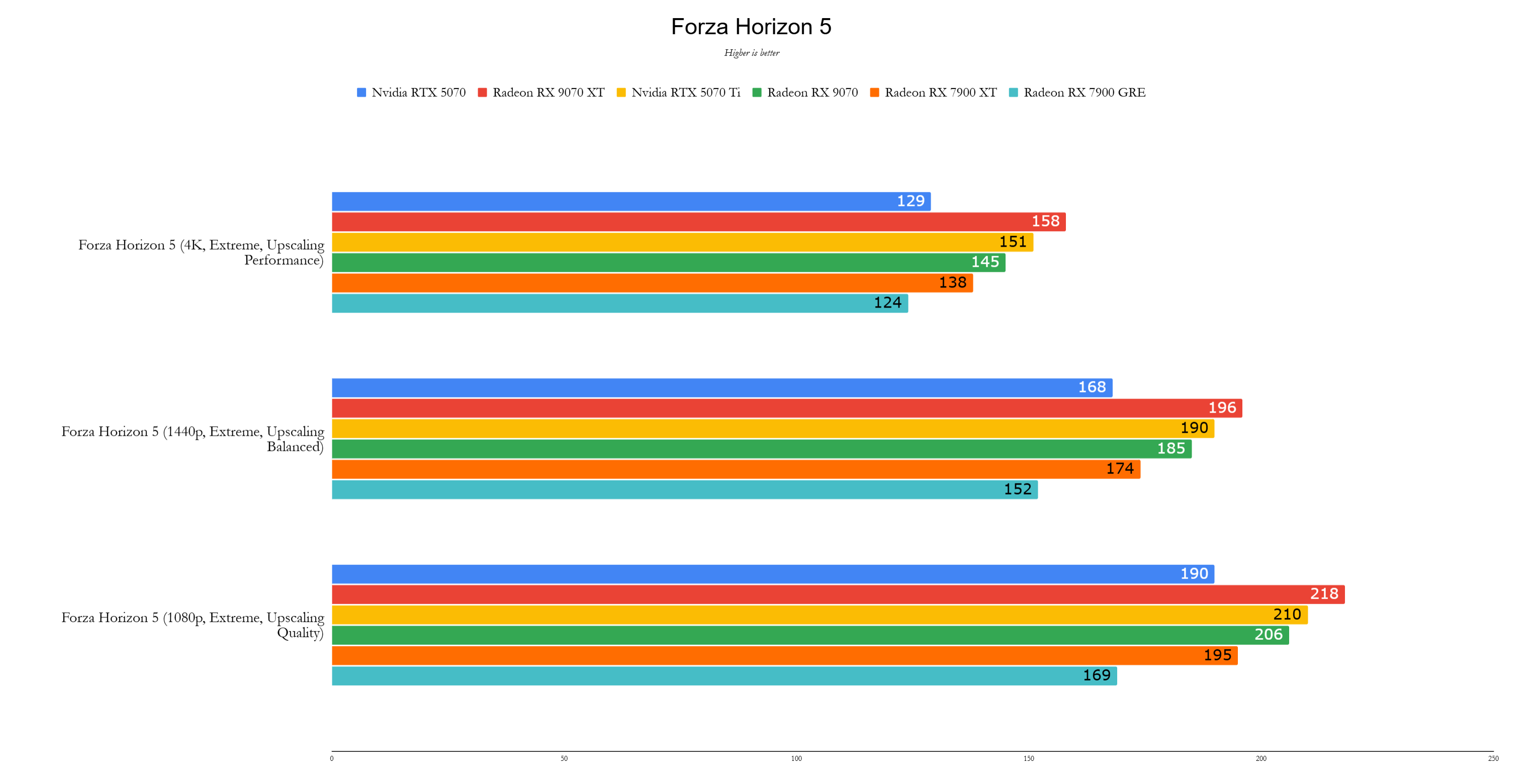
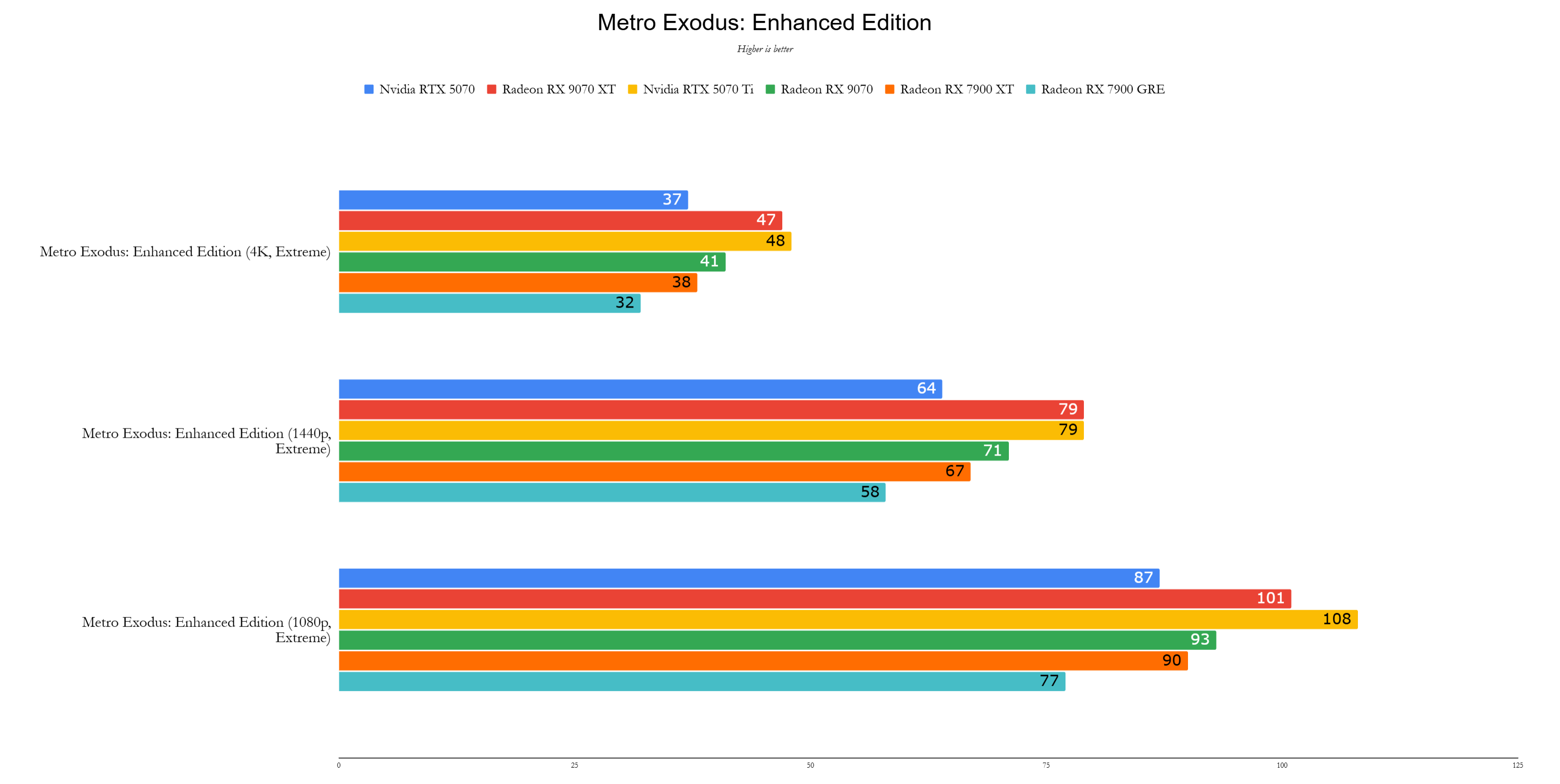
Performance
AMD has delivered a powerful contender with the Radeon RX 9070 XT. Priced at $599, it undercuts the Nvidia GeForce RTX 5070 Ti by 21% while being, on average, 2% faster. While the RTX 5070 Ti outperforms in some games, the close competition is a victory for AMD.
Across the test suite, the RX 9070 XT was 17% faster than the RX 7900 XT, which launched at $899 two years ago, and 2% faster than the new $749 RTX 5070 Ti. Its performance at 4K is particularly impressive, maintaining a lead even with ray tracing enabled, making it an excellent entry-level 4K graphics card.
All tests were conducted using the latest drivers available: Nvidia cards with Game Ready Driver 572.60 (except the RTX 5070, which used review drivers), and AMD cards with Adrenalin 24.12.1 (except for the Radeon RX 9070 XT and RX 9070, which used pre-release drivers from AMD).
3DMark, though not a playable game, offers insights into GPU potential. The 9070 XT outperformed the 7900 XT by 18% in Speed Way but trailed the RTX 5070 Ti by the same margin. However, in Steel Nomad, the 9070 XT's performance over the 7900 XT increased to 26%, and it even surpassed the RTX 5070 Ti by 7%.
Test System
- CPU: AMD Ryzen 7 9800X3D
- Motherboard: Asus ROG Crosshair X870E Hero
- RAM: 32GB G.Skill Trident Z5 Neo @ 6,000MHz
- SSD: 4TB Samsung 990 Pro
- CPU Cooler: Asus ROG Ryujin III 360
In Call of Duty: Black Ops 6, the Radeon RX 9070 XT led the GeForce RTX 5070 Ti by 15%, showcasing AMD's advantage in this title, with the RX 7900 XT trailing by only 6%.
Cyberpunk 2077, traditionally favoring Nvidia, saw the RTX 5070 Ti lead by a mere 5% over the Radeon RX 9070 XT at 4K with Ray Tracing Ultra and FSR 3 set to performance mode, highlighting the RX 9070 XT's competitive edge despite the price difference.
Metro Exodus, tested without upscaling at 4K, showed the Radeon RX 9070 XT achieving 47 fps, closely matching the RTX 5070 Ti's 48 fps, while the RX 7900 XT lagged at 38 fps.
Red Dead Redemption 2 demonstrated the RX 9070 XT's Vulkan performance, achieving 125 fps at maximum settings, surpassing the RTX 5070 Ti's 110 fps and the RX 7900 XT's 106 fps.
The RX 9070 XT's performance dipped in Total War: Warhammer 3, falling 13% behind the RTX 5070 Ti, and only slightly ahead of the RX 7900 XT.
In Assassin's Creed Mirage, the RX 9070 XT regained its footing, outperforming the RTX 5070 Ti by 12% and the RX 7900 XT by 9%, reaffirming its strength in games favoring AMD GPUs.
The most surprising victory was in Black Myth Wukong, where the RX 9070 XT achieved 70 fps at 4K with the Cinematic Preset and FSR at 40%, leading the RTX 5070 Ti's 65 fps by 8%. This game's intense ray tracing effects highlighted the significant improvement in AMD's Ray Accelerators over RDNA 3.
Forza Horizon 5 saw the Radeon RX 9070 XT slightly ahead of the RTX 5070 Ti, achieving 158 fps compared to 151 fps, a 5% improvement.
Announced quietly at CES 2025, the Radeon RX 9070 XT feels like a strategic move against Nvidia's Blackwell graphics cards. At $599, it represents a return to sensible pricing in the graphics card market. Though not as fast as the RTX 5080 or RTX 5090, those cards are overkill for most users and cost at least $400 more.
The last great flagship graphics card felt like the GTX 1080 Ti, which launched at $699 in 2017. While the RX 9070 XT doesn't claim the title of the fastest consumer card, it feels like the first worthy flagship since then.







